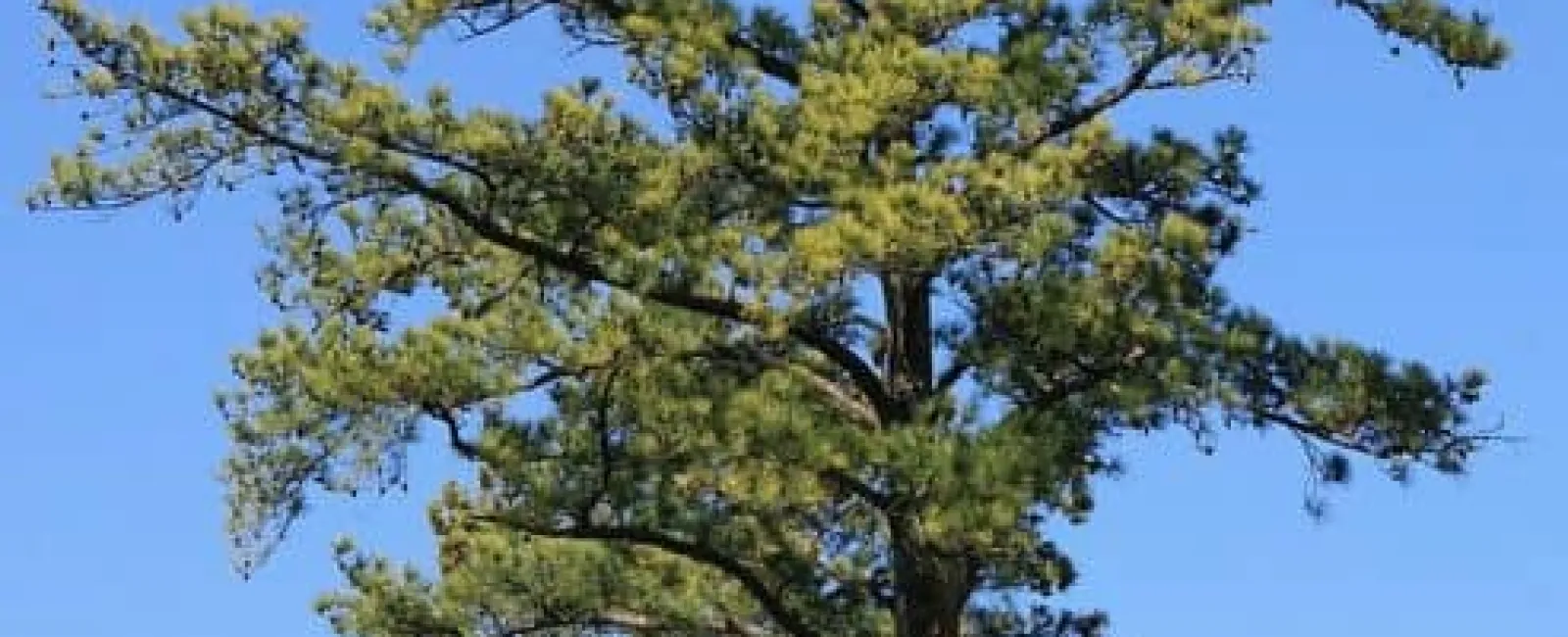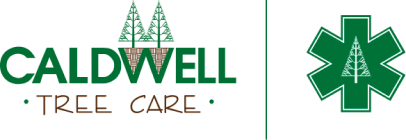
Trees provide beauty and shade to landscapes across Georgia, but they can also attract a variety of pesky bugs and insects. Learning how to identify and manage common tree pests is an important part of maintaining the health of your trees. In this article, we’ll explore some of the most prevalent tree bugs in Georgia and effective ways to control them.
Aphids
Aphids are small, soft-bodied insects that feed by sucking sap from new growth on trees and shrubs. In Georgia, common species include the elm leaf aphid, spirea aphid, and giant bark aphid. Aphids secrete a sticky substance called honeydew which often causes black sooty mold to grow on infested plants.
To control aphids, use a strong spray from the hose to knock them off plants. Insecticidal soaps and horticultural oils can also be effective. Apply these when aphids first appear and repeat applications as needed. Natural predators like ladybugs and lacewings will also help keep aphid numbers down.
Scales
Armored scales and soft scales are common pests on trees and shrubs in Georgia. Examples include white peach scale, tea scale, euonymus scale, and magnolia scale. Heavy infestations can stunt growth and even kill branches. Scales produce honeydew that attracts ants and allows sooty mold to grow.
Prune out heavily infested branches. Use horticultural oil sprays to smother scales. Systemic insecticides containing imidacloprid can also be applied to control scales. Timing treatments in early spring or fall is most effective. Natural predators like lady beetles will help control scale populations.
Borers
Borers are beetle larvae that tunnel and feed inside trunks, branches, and twigs of trees. Common species in Georgia include dogwood borer, lilac borer, peachtree borer, and Asian longhorned beetle. Larval feeding can girdle and kill parts of infested trees.
Keep trees healthy to prevent borer attack – water during drought and avoid mechanical injury to bark. Signs include swollen areas on trunk and branches, jelly-like sap oozing from holes, and sawdust-like frass around holes. Prune out infested branches. Preventive insecticides can be applied to high risk trees.
Bagworms
Bagworms are moth larvae that build spindle-shaped bags attached to twigs as they feed on foliage. Infestations can completely defoliate trees. Common hosts in Georgia include juniper, arborvitae, spruce, and red cedar. Handpick bags before larvae mature to reduce next year’s population. Apply Bacillus thuringiensis (Bt) while larvae are small. Use high-pressure water sprays to dislodge bags.
Tent Caterpillars
Eastern tent caterpillar and forest tent caterpillar are common defoliating pests on cherry, apple, oak, maple and other trees. Larvae hatch in early spring and build large silken tents in branch forks as they feed. Repeated defoliation weakens trees.
Remove tents when feasible. Apply Bt or insecticidal soap sprays when tents first appear. Systemic insecticides like imidacloprid can prevent damage the following season if applied in fall. Keep trees vigorous to withstand some defoliation.
Mites
Spider mites, spruce spider mites, and southern red mites all feed on Georgia trees causing stippling, bronzing, or yellowing of foliage. Webbing may be visible in severe infestations. Mites thrive in hot, dry conditions.
Horticultural oils and insecticidal soaps can help control mites. Releases of predatory mites may also suppress populations. Keep trees adequately watered to limit drought stress.
Careful monitoring, early intervention, and proper tree care practices are the best defenses against tree pests. Seek help from professional arborists if infestations persist. With vigilance and integrated pest management, your trees can thrive despite the bugs!
Conclusion
Tree bugs and pests are a common issue for Georgia homeowners. Aphids, scales, borers, caterpillars, and mites can all take a toll on tree health if left unchecked. The key is monitoring for early signs of infestation and taking prompt control measures. Combining preventive treatments with natural predators and proper tree care provides the best protection. With persistence and repeated efforts, persistent tree pest problems can be overcome. Taking steps to safeguard your trees will allow you to continue enjoying their immense benefits for years to come.
